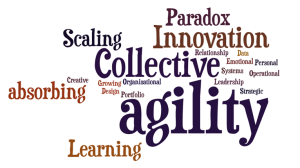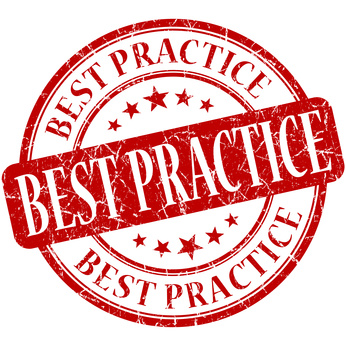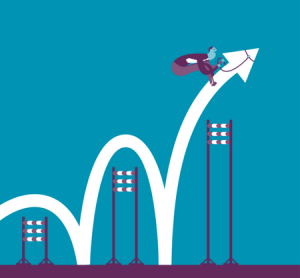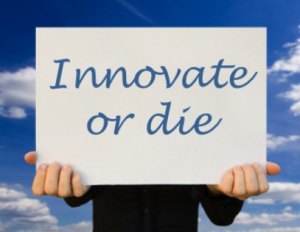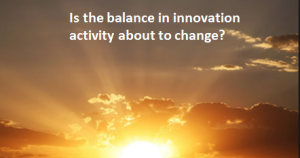 Is the digital technology we see emerging today going to be able to provide the positive tension between rational and randomness that takes place in our innovation activities today?
Is the digital technology we see emerging today going to be able to provide the positive tension between rational and randomness that takes place in our innovation activities today?
Will digital begin to dominate our innovative thinking, will we lose this randomness, this spark of human creativity or will it be allowing this to connect multiple strands in new, more exciting ways? How are we going to adjust to the changing way technology will impose itself on our innovation activities and needs?
How will all this Mobile Connectivity, Cloud Computing, Social Media, Crowdsourcing, Internet of Things, Industrial Internet, Big Data, Analytics, 3D Printing and Scanning be presented and managed as a part of successful business scenarios and intertwined with changes in social behaviour?
Are our existing innovation systems ready for this potentially set of sweeping changes in knowledge inflows and translation, so they can be successfully commercialized into new innovation?
Part two within the series of seven
Continue reading “Is the balance in innovation activity about to change?”

